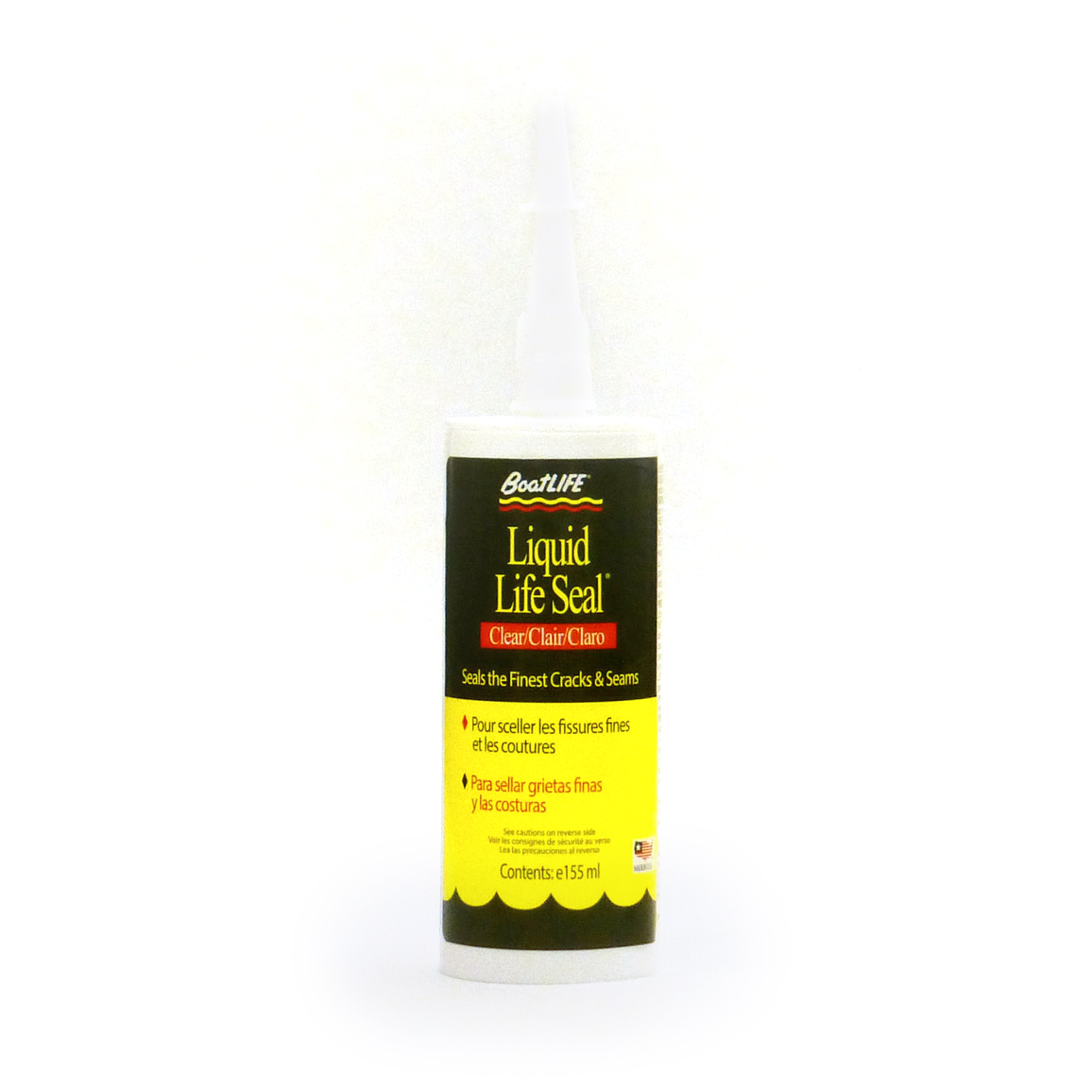What happens when spring comes and you want to head out on the water? If
you’re an inexperienced boater, you might simply bring the boat out again, turn
the ignition, and hope for the best.
But you love your boat a little more than that.
After all, winter can do a lot of damage—even if your boat has simply been
sitting on dry land. The cold, dry weather can lead to cracking cables and
brittle hoses—which, if left alone, could lead to problems down the line.
Preparing your boat for spring is one of the most essential things you can
do to ensure its long-term health and maintenance. It’s not a one-step process,
but with this checklist in hand, you should make a lot of headway in extending
your boat’s life and ensuring a happy and safe spring season:
Electrical Work
Make sure electrical equipment is off and safe to handle before inspecting!
Inspect all of the connections and wiring—you’re looking for healthy
connections here, free of corrosion. If you do see corroded wiring, be sure to
remove and replace them.
Make sure your battery is charged—it may even help to have its efficiency
tested to make sure that it’ll keep the charge when you’re out on the water.
Better yet, have a technician inspect your electrical work. It doesn’t take
very long and therefore doesn’t require a major investment, and it will ensure
safe inspection and maintenance.
Fuel and Engine
Look for leaks. Look for damage. Look for anything that might suggest your
fuel system is not 100% efficient. You want smooth fuel systems, not brittle,
dried-out wiring and hoses.
Replace your components; don’t look to simply repair them, especially if you
don’t know how.
Ensure all clamps, fittings, and connections are still secure and working
efficiently.
Inspect your engine/exhaust and ventilation to make sure that it’s free of
damage and will be able to run efficiently.
Boating Equipment
Propellers should be free of cracks and excessive damage; otherwise they
won’t catch water efficiently, and can even damage other parts. Check the area
where your propeller is attached to your boat to ensure that it’s safely
secured. Inspect your bearings, as well, to make sure they don’t need
replacing.
Inspect your hull to look for any cracks that would (obviously) be bad for
boating.
Ensure your drain plug is leak-free and secured in place before you launch
your boat.
Fluids, Cables, Hoses, and Misc.
The key here is to check for brittleness and cracking, as dry/cold winter
weather can sometimes damage hoses and cables. Check your belts as well.
Throttle and steering—as well as shift—are essential places to search for
corrosion or damage, as they can lead to immediate, short-term damage
elsewhere. Replace any parts that need replacing.
Check all fluids, including oil, power steering, coolant, etc. to ensure
they’re at appropriate levels.
Get Safe
Don’t ignore your safety gear. Make sure you have enough life jackets to
accommodate everyone throughout the season and that they’re still working well.
Double-check your fire-extinguisher’s size and regulation to make sure it’s
right for your boat.
If any part of your boat is enclosed, procure a carbon monoxide detector.
Be sure to check with local government to ensure your boat is fully up to
code before the season; this can save a lot of headaches later.
Be thorough in your preparation for spring so
that when the nice weather hits, your boat will be ready for the open water.



